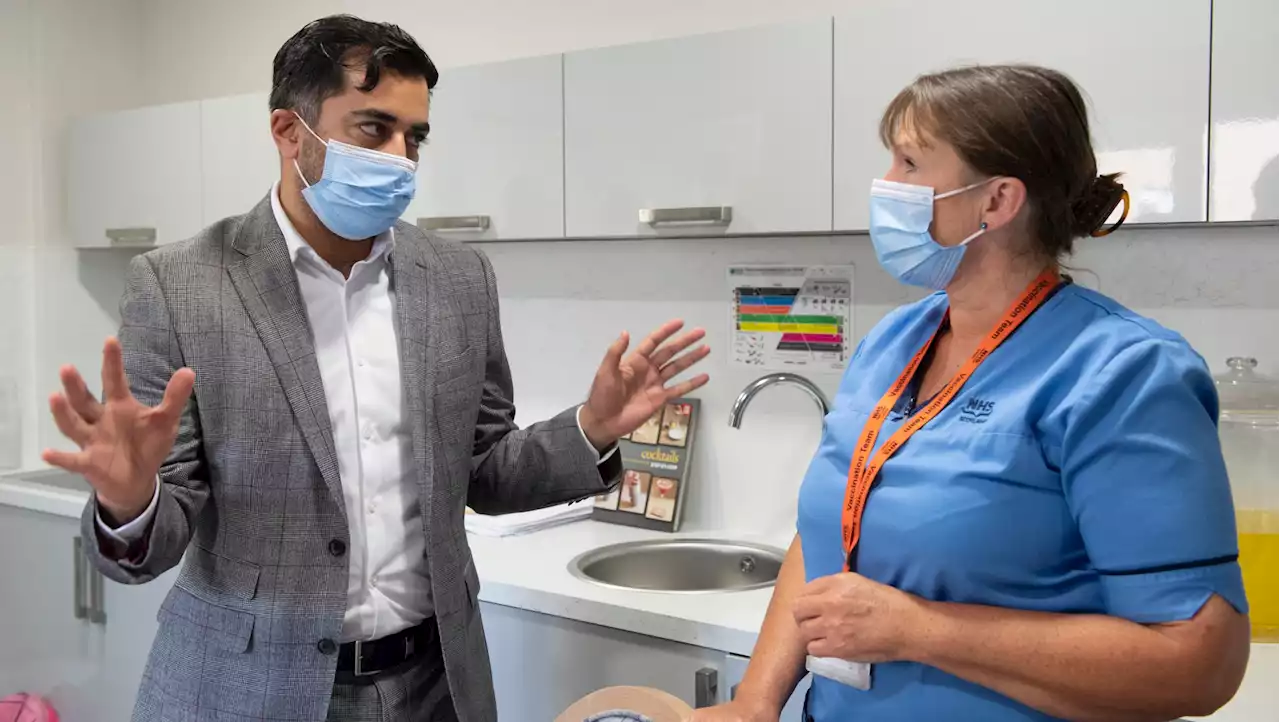The regulator said there were not enough staff to always meet people’s needs and medicines were not always managed safely
A care agency told to improve by inspectors has said it will appeal a report after it disagreed with its findings. Northampton-based In House Care was told it had breached regulations in three areas when the Care Quality Commission visited in the autumn.
In House Care was caring for 29 people when the CQC visited. It looks after adults of varying ages who have a variety of conditions including eating disorders, mental health conditions and sensory impairments. . In one case, a person’s records said they needed to take a particular tablet once every other day but staff had recorded it had been given daily.
日本 最新ニュース, 日本 見出し
Similar News:他のニュース ソースから収集した、これに似たニュース記事を読むこともできます。
 Perspective: the top 11 priorities to improve trauma outcomes, from system to patient level - Critical CareBackground The Haemorrhage, Airway, Breathing, Circulation, Disability, Exposure/Environmental control approach to individual patient management in trauma is well established and embedded in numerous training courses worldwide. Further improvements in trauma outcomes are likely to result from a combination of system-level interventions in prevention and quality improvement, and from a sophisticated approach to clinical innovation. Top eleven trauma priorities Based on a narrative review of remaining preventable mortality and morbidity in trauma, the top eleven priorities for those working throughout the spectrum of trauma care, from policy-makers to clinicians, should be: (1) investment in effective trauma prevention (likely to be the most cost-effective intervention); (2) prioritisation of resources, quality improvement and innovation in prehospital care (where the most preventable mortality remains); (3) building a high-performance trauma team; (4) applying evidence-based clinical interventions that stop bleeding, open & protect the airway, and optimise breathing most effectively; (5) maintaining enough circulating blood volume and ensuring adequate cardiac function; (6) recognising the role of the intensive care unit in modern damage control surgery; (7) prioritising good intensive care unit intercurrent care, especially prophylaxis for thromboembolic disease; (8) conducting a thorough tertiary survey, noting that on average the intensive care unit is where approximately 15% of injuries are detected; (9) facilitating early extubation; (10) investing in formal quantitative and qualitative quality assurance and improvement; and (11) improving clinical trial design. Conclusion Dramatic reductions in population trauma mortality and injury case fatality rate over recent decades have demonstrated the value of a comprehensive approach to trauma quality and process improvement. Continued attention to these principles, targeting areas with highest remaining preventable mo
Perspective: the top 11 priorities to improve trauma outcomes, from system to patient level - Critical CareBackground The Haemorrhage, Airway, Breathing, Circulation, Disability, Exposure/Environmental control approach to individual patient management in trauma is well established and embedded in numerous training courses worldwide. Further improvements in trauma outcomes are likely to result from a combination of system-level interventions in prevention and quality improvement, and from a sophisticated approach to clinical innovation. Top eleven trauma priorities Based on a narrative review of remaining preventable mortality and morbidity in trauma, the top eleven priorities for those working throughout the spectrum of trauma care, from policy-makers to clinicians, should be: (1) investment in effective trauma prevention (likely to be the most cost-effective intervention); (2) prioritisation of resources, quality improvement and innovation in prehospital care (where the most preventable mortality remains); (3) building a high-performance trauma team; (4) applying evidence-based clinical interventions that stop bleeding, open & protect the airway, and optimise breathing most effectively; (5) maintaining enough circulating blood volume and ensuring adequate cardiac function; (6) recognising the role of the intensive care unit in modern damage control surgery; (7) prioritising good intensive care unit intercurrent care, especially prophylaxis for thromboembolic disease; (8) conducting a thorough tertiary survey, noting that on average the intensive care unit is where approximately 15% of injuries are detected; (9) facilitating early extubation; (10) investing in formal quantitative and qualitative quality assurance and improvement; and (11) improving clinical trial design. Conclusion Dramatic reductions in population trauma mortality and injury case fatality rate over recent decades have demonstrated the value of a comprehensive approach to trauma quality and process improvement. Continued attention to these principles, targeting areas with highest remaining preventable mo
続きを読む »
 Group of six Morris Care Shropshire nursing homes transferred to new operatorSix nursing homes have been transferred to another provider by a well-known Shropshire company.
Group of six Morris Care Shropshire nursing homes transferred to new operatorSix nursing homes have been transferred to another provider by a well-known Shropshire company.
続きを読む »
 General practitioners are a big part of Britain’s health-care crisisIn October some 5m people tried and failed to see their family doctor, according to one analysis. That puts pressure on other services
General practitioners are a big part of Britain’s health-care crisisIn October some 5m people tried and failed to see their family doctor, according to one analysis. That puts pressure on other services
続きを読む »
 Agree a pay deal for NHS – then fix care home capacityCare home capacity is the elephant in the A&E waiting room Freeing up hospital beds occupied by patients who are medically fit to be discharged would transform medics’ ability to treat the people who need help ✒️ OlyDuff
Agree a pay deal for NHS – then fix care home capacityCare home capacity is the elephant in the A&E waiting room Freeing up hospital beds occupied by patients who are medically fit to be discharged would transform medics’ ability to treat the people who need help ✒️ OlyDuff
続きを読む »
 Hundreds of care home beds to be used to free up space in Scotland's hospitalsScotland’s struggling NHS boards are to be given extra money to buy up hundreds of extra care home beds so patients can be moved out of hospitals
Hundreds of care home beds to be used to free up space in Scotland's hospitalsScotland’s struggling NHS boards are to be given extra money to buy up hundreds of extra care home beds so patients can be moved out of hospitals
続きを読む »
